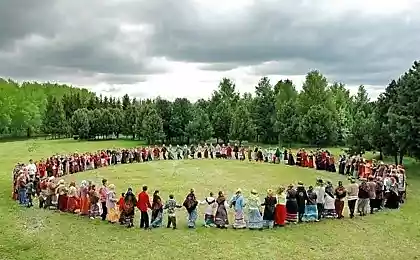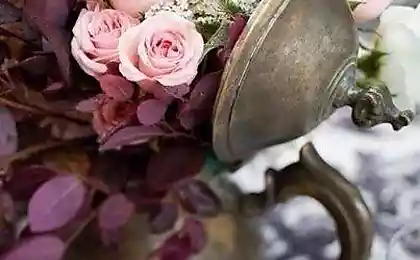498
15 everyday things that were invented for other purposes
Seventy eight million five hundred ninety nine thousand nine hundred eighty seven
We've learned that every thing has its purpose. But many of them originally had a completely different look and even used for other purposes.
Site offers to join a small investigation that will reveal the original purpose of familiar things.
Coca-Cola
Pharmacist John Pemberton, a veteran of the Civil war in the United States created a tincture with Cola nuts and Coca leaves. He recommended it for the treatment of the nervous system in the military, taking for wounds medicines with morphine. Later he started manufacturing soft drink, but then sold the shares. And the new owners began production of the "Coca-Cola" with Coca leaves that have been clean from cocaine.
Black dress
Up to 20-ies of the last century, black outfits usually wore women and men, to Express mourning, and wore them at least 2 years. But in 1926, Coco Chanel created in memory of beloved famous black dress the "Ford of Chanel". First, it drew the attention of film star and later the outfit became popular all over the world.
Karaoke
Japanese Daisuke Inoue, the drummer of the rock group played up in the cafe visitors, who wanted to sing during the break between performances. Once he could not come and gave colleagues a tape of his party. And in 1971 he invented a machine that reproduced the music of the song without words. The musicians rested, and the audience sang.
Plasticine Play-doh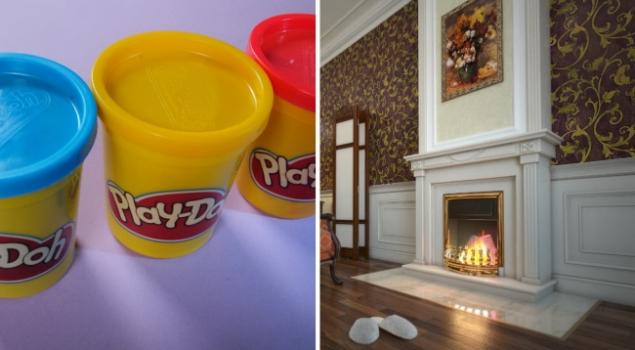
Initially, the substance used for cleaning Wallpaper in homes with fireplaces, where the walls were accumulated soot. But soon came the vinyl Wallpaper that is easily washed with a sponge, and the invention lost its value. But a relative of the inventor, the kindergarten teacher, gave the material to children for modeling. They were in awe! Late from the part removed, the detergent ingredient, added the dye and called Play-doh.
Treadmill
A prototype of the treadmill was invented by William Cubitt in 1817 for the correction of detainees, and also to grind grain in the mill. They held onto the stick and climbed over the blades, which had to constantly pick up my feet.
Adhesive paper for notes
Spencer silver created the adhesive resistant substance. But the glue turned out not strong enough, so items can easily unstuck. Then his colleague Arthur fry tried to put this stuff on bookmarks, forever falling out of his hymn book. And after a while appeared in stores, adhesive note paper, which is now enjoyed all over the world.
Heel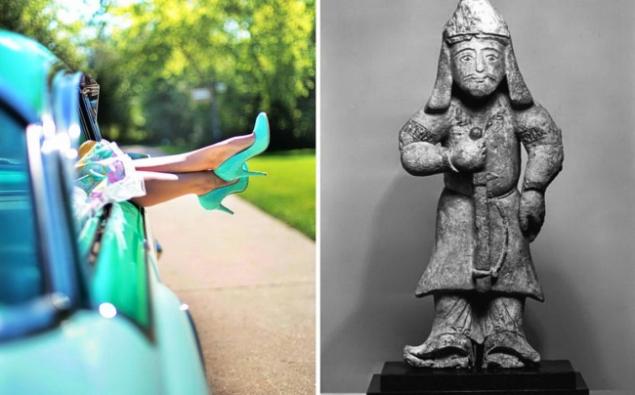
In Ancient Egypt, the heels were a symbol of status among the nobility, who wore shoes with "holders" for religious ceremonies. And wore these shoes both men and women. Shoes with heels were worn butchers and Persian riders heel helps maintain stability when shooting. In medieval Europe the heel was a privilege of aristocrats, but after a while began to be used more widely. And in the XX century invented the famous stiletto heel.
Bubble wrap
The famous film of "bumps" was invented by engineers Alfred Fielding and Marc Cavan in 1957. Initially they created a three-dimensional plastic Wallpaper. And although the idea was not particularly successful, they found that the new material can be used as packaging. And soon patented Warp Bubble has become indispensable in various fields.
Sleep pillow for
In Mesopotamia hard restraints used for protection from insects, water, conservation hairstyles. But in Ancient China it was believed that soft pillows are useless, and the solid headrests from bamboo, jade, porcelain, wood and bronze give power to and protect from demons.
Vaseline
In the mid-nineteenth century, the oil industry struggled with a waxy substance that accumulated in the pipes of the pumps. English chemist Robert Chesbro took some "petroleum jelly", conducted research and found that it has useful properties. The range of its application in those years was unusually wide: from treating wounds to cleaning carpets.
Walking spring "slinky"
"Slinky", it also "rainbow", was created not for kids. Once the engineer Richard James was working with a device for vibration compensation of the instrument in a storm and accidentally dropped one spring that merrily hopped across the floor. Soon on counters of shops there were "slinky", and the firm of James Spring & Wire Company has sold since then, more than 300 million of these toys.
Tea bag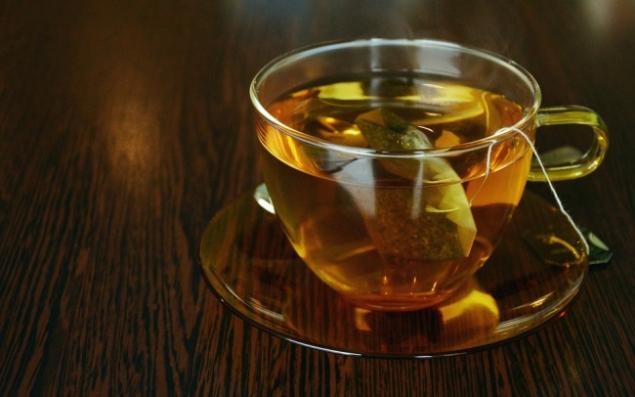
In 1904 Thomas Sullivan, a tea seller in new York, decided to sell the tea more effectively in silk bags. And buyers in their own way embraced know-how. They poured the tea from the bags and dropped them in the boiling water. As a result, sales soared, and the idea got its development.
Listerine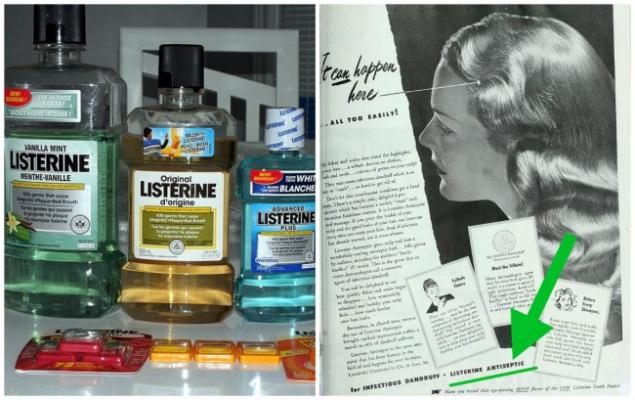
The brothers Johnson in 1879 created this antiseptic for the treatment of surgical instruments. Yes, and it was named in honor of the surgeon Joseph Lister. People began to use liquid everywhere: for the treatment of wounds in dentistry, from dandruff and fungus, as deodorant. And popular the product became in the 1920s after "Listerine". The poster girl away from the groom from bad breath, wondered: "Can I be happy with him, despite this?»
Viagra
Pfizer worked to create a cure for heart disease. But after clinical trials proved that in this area the new drug useless. However, in the course of the experiment revealed an unexpected side effect: substance had a pronounced effect on blood flow in the pelvic area. So appeared the famous "aphrodisiac".
Microwave
Not everyone knows that the microwave no one specifically invented. Just as Raytheon Corporation engineer Percy Spencer was testing equipment for radar and noticed that the waves of microwave radiation melted the chocolate bar in his pocket. Then Percy kept his head and put on the included magnetron popcorn, which immediately began to burst. It was a real discovery of the century!
Photos on the preview depositphotos pixabay
See also
7 everyday things created by the great genius
I bet you will not guess about the real purpose of these 10 things
via www.adme.ru/svoboda-kultura/sporim-vy-ne-dogadaetes-o-nastoyaschem-prednaznachenii-etih-10-veschej-1487415/
We've learned that every thing has its purpose. But many of them originally had a completely different look and even used for other purposes.
Site offers to join a small investigation that will reveal the original purpose of familiar things.
Coca-Cola

Pharmacist John Pemberton, a veteran of the Civil war in the United States created a tincture with Cola nuts and Coca leaves. He recommended it for the treatment of the nervous system in the military, taking for wounds medicines with morphine. Later he started manufacturing soft drink, but then sold the shares. And the new owners began production of the "Coca-Cola" with Coca leaves that have been clean from cocaine.
Black dress

Up to 20-ies of the last century, black outfits usually wore women and men, to Express mourning, and wore them at least 2 years. But in 1926, Coco Chanel created in memory of beloved famous black dress the "Ford of Chanel". First, it drew the attention of film star and later the outfit became popular all over the world.
Karaoke

Japanese Daisuke Inoue, the drummer of the rock group played up in the cafe visitors, who wanted to sing during the break between performances. Once he could not come and gave colleagues a tape of his party. And in 1971 he invented a machine that reproduced the music of the song without words. The musicians rested, and the audience sang.
Plasticine Play-doh

Initially, the substance used for cleaning Wallpaper in homes with fireplaces, where the walls were accumulated soot. But soon came the vinyl Wallpaper that is easily washed with a sponge, and the invention lost its value. But a relative of the inventor, the kindergarten teacher, gave the material to children for modeling. They were in awe! Late from the part removed, the detergent ingredient, added the dye and called Play-doh.
Treadmill

A prototype of the treadmill was invented by William Cubitt in 1817 for the correction of detainees, and also to grind grain in the mill. They held onto the stick and climbed over the blades, which had to constantly pick up my feet.
Adhesive paper for notes

Spencer silver created the adhesive resistant substance. But the glue turned out not strong enough, so items can easily unstuck. Then his colleague Arthur fry tried to put this stuff on bookmarks, forever falling out of his hymn book. And after a while appeared in stores, adhesive note paper, which is now enjoyed all over the world.
Heel

In Ancient Egypt, the heels were a symbol of status among the nobility, who wore shoes with "holders" for religious ceremonies. And wore these shoes both men and women. Shoes with heels were worn butchers and Persian riders heel helps maintain stability when shooting. In medieval Europe the heel was a privilege of aristocrats, but after a while began to be used more widely. And in the XX century invented the famous stiletto heel.
Bubble wrap

The famous film of "bumps" was invented by engineers Alfred Fielding and Marc Cavan in 1957. Initially they created a three-dimensional plastic Wallpaper. And although the idea was not particularly successful, they found that the new material can be used as packaging. And soon patented Warp Bubble has become indispensable in various fields.
Sleep pillow for

In Mesopotamia hard restraints used for protection from insects, water, conservation hairstyles. But in Ancient China it was believed that soft pillows are useless, and the solid headrests from bamboo, jade, porcelain, wood and bronze give power to and protect from demons.
Vaseline

In the mid-nineteenth century, the oil industry struggled with a waxy substance that accumulated in the pipes of the pumps. English chemist Robert Chesbro took some "petroleum jelly", conducted research and found that it has useful properties. The range of its application in those years was unusually wide: from treating wounds to cleaning carpets.
Walking spring "slinky"

"Slinky", it also "rainbow", was created not for kids. Once the engineer Richard James was working with a device for vibration compensation of the instrument in a storm and accidentally dropped one spring that merrily hopped across the floor. Soon on counters of shops there were "slinky", and the firm of James Spring & Wire Company has sold since then, more than 300 million of these toys.
Tea bag

In 1904 Thomas Sullivan, a tea seller in new York, decided to sell the tea more effectively in silk bags. And buyers in their own way embraced know-how. They poured the tea from the bags and dropped them in the boiling water. As a result, sales soared, and the idea got its development.
Listerine

The brothers Johnson in 1879 created this antiseptic for the treatment of surgical instruments. Yes, and it was named in honor of the surgeon Joseph Lister. People began to use liquid everywhere: for the treatment of wounds in dentistry, from dandruff and fungus, as deodorant. And popular the product became in the 1920s after "Listerine". The poster girl away from the groom from bad breath, wondered: "Can I be happy with him, despite this?»
Viagra

Pfizer worked to create a cure for heart disease. But after clinical trials proved that in this area the new drug useless. However, in the course of the experiment revealed an unexpected side effect: substance had a pronounced effect on blood flow in the pelvic area. So appeared the famous "aphrodisiac".
Microwave

Not everyone knows that the microwave no one specifically invented. Just as Raytheon Corporation engineer Percy Spencer was testing equipment for radar and noticed that the waves of microwave radiation melted the chocolate bar in his pocket. Then Percy kept his head and put on the included magnetron popcorn, which immediately began to burst. It was a real discovery of the century!
Photos on the preview depositphotos pixabay
See also
7 everyday things created by the great genius
I bet you will not guess about the real purpose of these 10 things
via www.adme.ru/svoboda-kultura/sporim-vy-ne-dogadaetes-o-nastoyaschem-prednaznachenii-etih-10-veschej-1487415/








